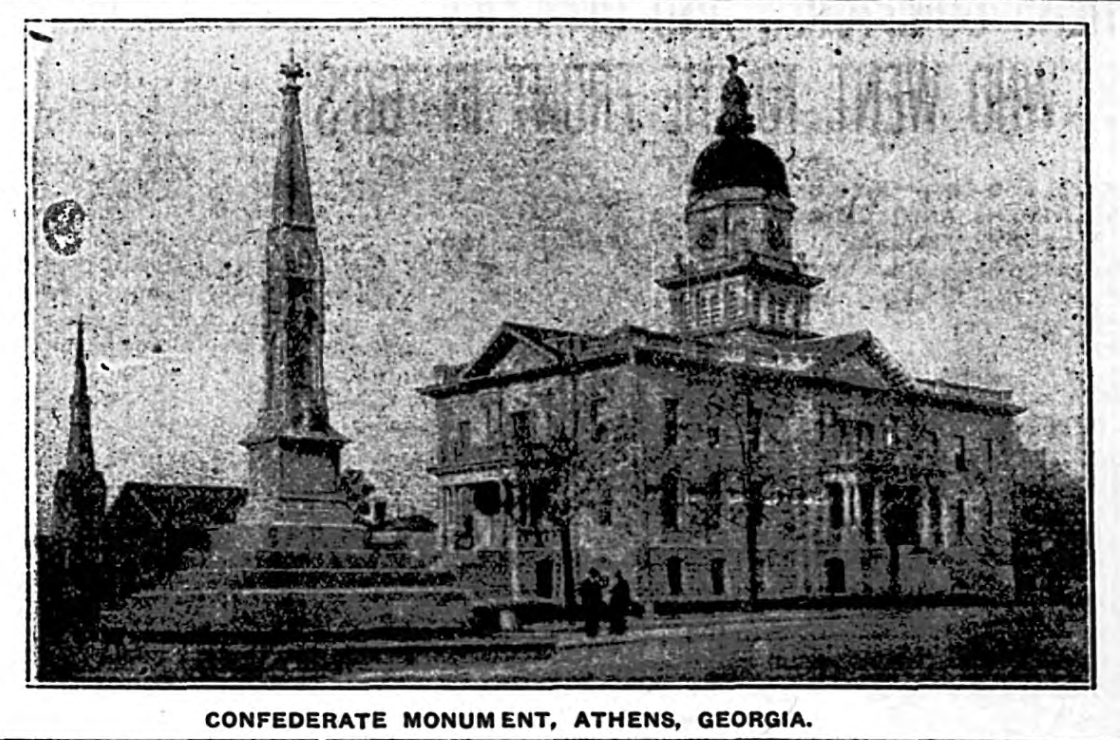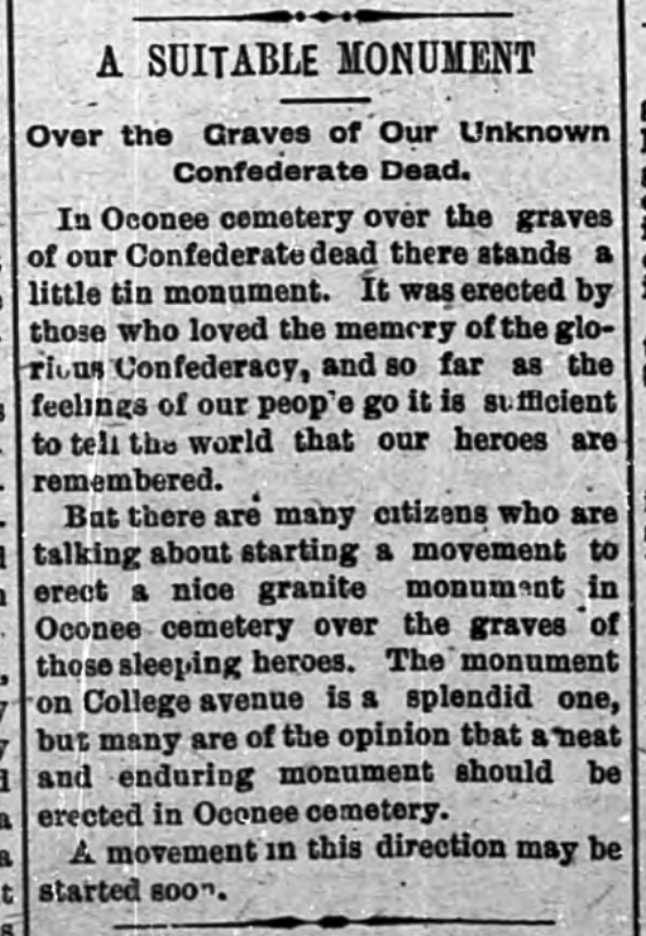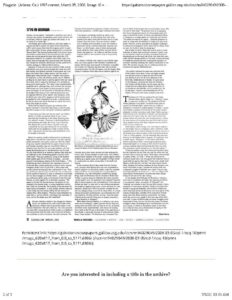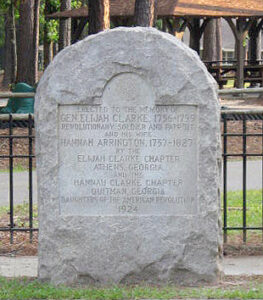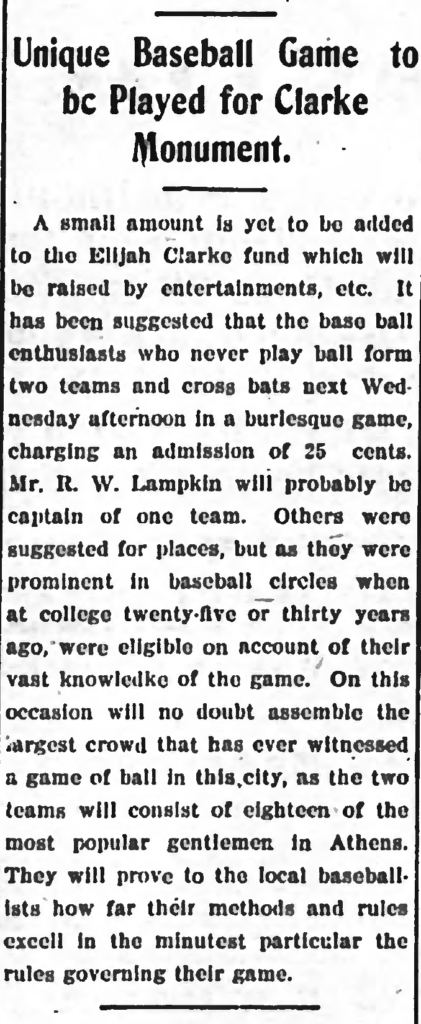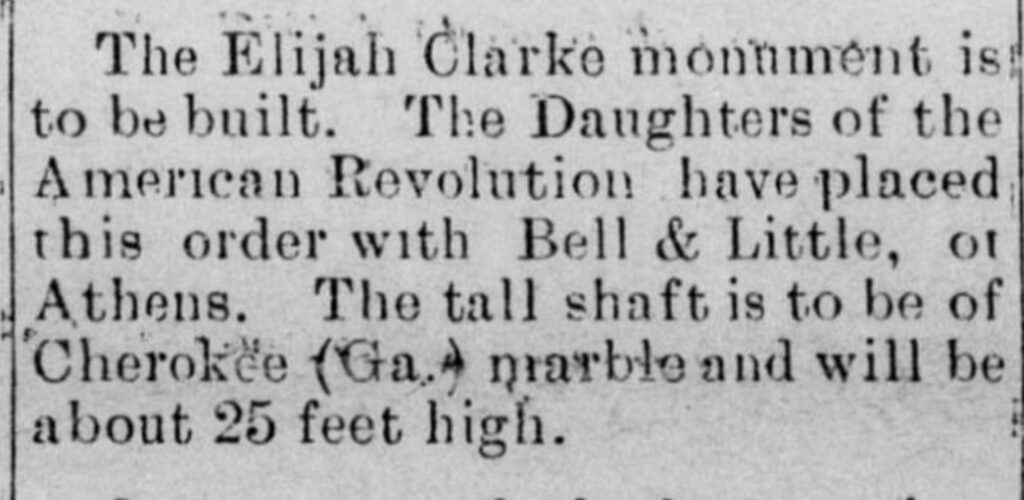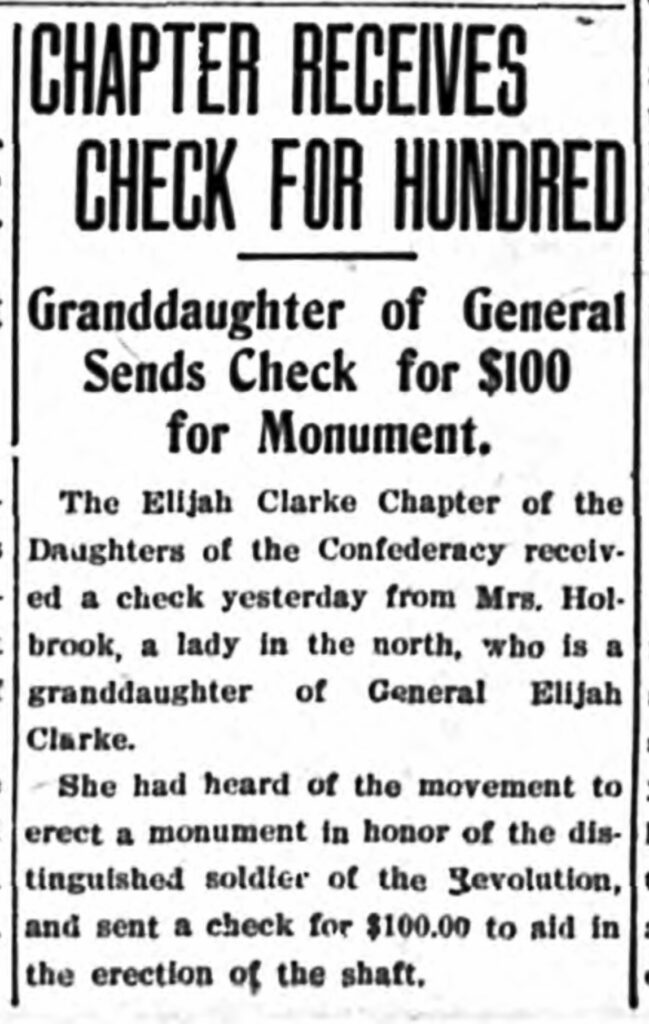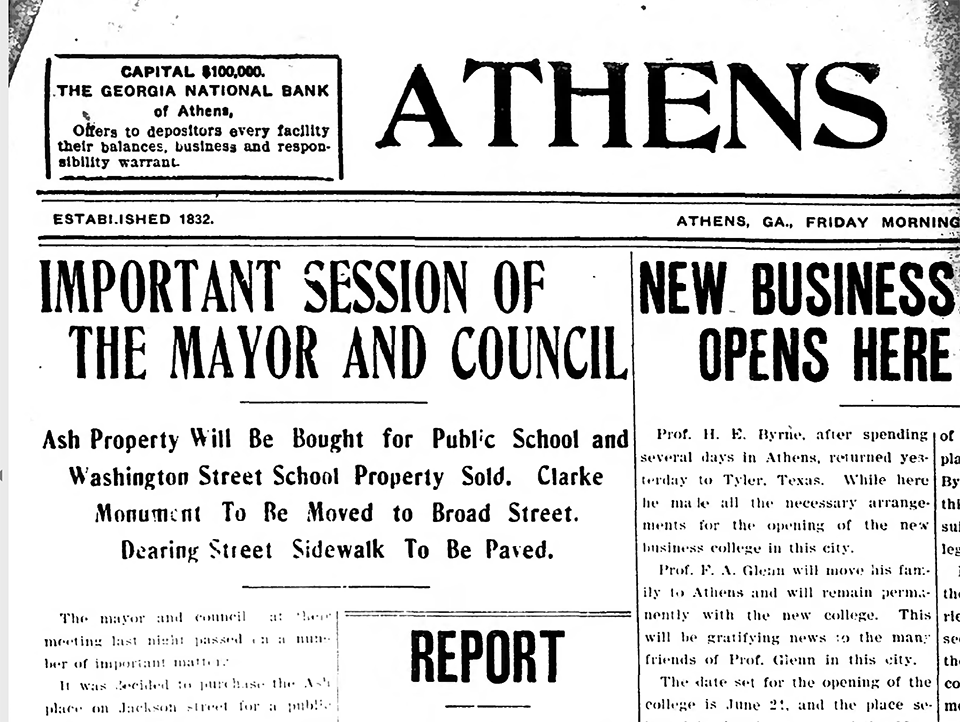 Today's the Fourth of July, and well, I'm practically giddy that so many cities across America have been so united lately in their efforts to reclaim their public spaces and that they've committed to meaningfully rededicating them as we reckon with some deeply unjust chapters of our shared American history and work to heal the lasting damage. This isn't just some sudden, performative urban planning renaissance whereby politicians and developers go about rearranging and updating the proverbial furniture around our town squares. No, it's about finally acknowledging that, all this time, so much of our civic infrastructure doesn't truly stand for everyone in our communities. In fact, to be blunt, most of the statuary and monuments of wars past glorify white supremacist conquests and act as a scaffold of sorts that reinforces systemic racism across and within all of our bureaucratic institutions.
Today's the Fourth of July, and well, I'm practically giddy that so many cities across America have been so united lately in their efforts to reclaim their public spaces and that they've committed to meaningfully rededicating them as we reckon with some deeply unjust chapters of our shared American history and work to heal the lasting damage. This isn't just some sudden, performative urban planning renaissance whereby politicians and developers go about rearranging and updating the proverbial furniture around our town squares. No, it's about finally acknowledging that, all this time, so much of our civic infrastructure doesn't truly stand for everyone in our communities. In fact, to be blunt, most of the statuary and monuments of wars past glorify white supremacist conquests and act as a scaffold of sorts that reinforces systemic racism across and within all of our bureaucratic institutions.
So, when Historic Athens announced on Facebook on June 2, 2020 that the old Confederate monument in downtown Athens would be relocated (and now I'm hearing rumors that the Elijah Clarke shaft may get a new home, too), I was thrilled and also not surprised. My research over the years related to this website has hit upon many monuments and markers in Georgia and beyond (which often connect back to Stone Mountain, but not always...but often!), so a friend urged me to put some of the information I've come across about specifically the two main Athens monuments in one place (after I'd attempted an unwieldy Facebook post, so it was a good call)!. Knowledge truly is a powerful thing, and as cliché as it sounds, it can really change the way you see the world. Hopefully some of these old newspaper articles and other items here will be helpful to anyone looking for more background on these monuments (so thankful for librarians and the Digital Library of Georgia!). By no means is this comprehensive or a deep dive into either monument, but this will offer a quick introduction, and do expect for me to update this post from time to time.
Athens' decision to relocate the Confederate monument wasn't entirely out-of-the blue, and it would not be the first time this particular monument (or the Clarke one) has been moved. In weeks prior, other towns across the country had already begun "proactively" removing their own Confederate monuments and other racist statuary (for their own "protection") in the wake of civil unrest over George Floyd's death. These protests weren't just in the South, either. Protestors in cities around the whole world passionately toppled statues of slave traders and colonial overlords as Southern protestors took on their offensive monuments to the Confederacy as if finally overthrowing their oppressors. It has been amazing to witness in my lifetime—and not just because I've been so immersed in this very subject for many years now. Here were people suddenly unafraid and out there in the streets standing up for humanity—and, to channel Bob Dylan, letting false idols fall and demanding a changing of the guards! What's more, and this brings me to one of the main reasons I'm so excited: people have genuinely grown hungry for history lessons like I've never seen before! Real history. Enough with the myths. Even historian Heather Cox Richardson has become a household name!
Once news of Athens' plan to move the Confederate monument was quickly verified by way of a commission meeting, lots of those same knee-jerk arguments about "heritage" and "removing history" were once again ignited just as they had been several years ago following the tragedy of The Emanuel Nine in Charleston in 2015, and the white supremacist rally at Stone Mountain Park on April 23, 2016, and yet again after the deadly 'Unite the Right' rally in Charlottesville, VA. Some vaguely already recalled a bit of trivia that the Confederate statue was first moved back in 1912, for traffic calming reasons, while others clung firmly to the belief that the Confederate monument was only a sacred memorial to Athens' fallen Civil War soldiers and only that. Many others truly knew the monument was an anachronistic "losers trophy" from a time when the United States was torn apart over the Confederacy's greedy and militant push to keep slavery legal and to protect the institution of white supremacy at all costs, even if it meant splitting off from the United States. But something has changed between then and now, and the discussion isn't nearly as charged this time around in my opinion (believe me, I've hit the hornet's nest before!), even though America's current presidential administration continues to try to divide Americans along racial lines by making monuments flash points again (since weaponizing this issue clearly worked so well for them back in 2016). Without a doubt, I know it has mattered in a big way that people from all over the globe have courageously joined together to protest injustice and racism on such a grand scale, and that makes me happy today.
Perhaps most incredible of all, though, is how George Floyd's death seems to have opened up a vast portal into so many lesser known chapters of American history and, in doing so, set that much more truth free. As it turns out, most people didn't really know a whole lot about the many outdated monuments and statues that have been coming down, and the same is true for the Athens monuments. Whether you're for or against them, or plain old indifferent, people have for years walked right past that Confederate obelisk, and the one beside it honoring Revolutionary War hero Elijah Clarke, without actually knowing very much about either (I had no interest in them twenty years ago in college!). And, of course these monuments become invisible over time, especially if you know nothing about them and their presence has lost context over an entire century plus. Now they're like incongruous decor that's fallen out of step with our progress and so many of America's biggest movements forward. It doesn't mean they do not have their place in the historic record. So to anybody that says history is being destroyed as Athens is poised to relocate these monuments to more contextually appropriate settings, I say, look at how much we're all suddenly learning about these dull objects of white supremacist propaganda —way more than we ever imagined (or possibly ever wanted!). For me, digging into the old stacks to sift out the intentions and agendas of the groups of people that erected the monuments at a certain point in time has helped confirm for me that they really should be removed from places of prominence, where they've ironically actually not been appreciated for years and where they do not represent our higher ideals. A lot has happened since the early 1900s, y'all!
Athens Confederate Monument
Further Reading
The April 26, 1912 issue of The Banner devoted many pages to Confederate Memorial Day in a special issue. Here are two articles justifying the Lost Cause from that issue, but the April 5, 1912 edition gave a preview of the other related articles:
An article in The Banner from April 26, 1912 (Confederate Memorial Day): "The Women of the Confederacy: The Origin and History of the 'Ladies' Memorial Association in the City of Athens.—History of the Confederate Monument on College Avenue.—Poem: 'Gather Sacred Dust.'" [sic]
An article in The Banner from May 3, 1912, with the headline, "What The 'United Sons of Confederate Veterans' Means," stated: “We stand for the regency of the white race in our country.”
Coulter, E. (1956). "The Confederate Monument in Athens."he Confederate Monument in Athens." The Georgia Review, 10(1), 56-68.
Elijah Clarke Monument
The Elijah Clarke monument, which the Daughters of the American Revolution erected to honor the man who "secured this section to the white settlers, the Indians being defeated and crushed," was once located at Hancock & College Avenues before it moved to its current location on Broad Street. According to the May 10, 1907 issue of the Athens Banner, “A resolution was passed directing the removal of the Elijah Clarke monument to a point between the two parks on Broad Street between Lumpkin Street and College Avenue. This will be done at the expense of the Athens Electric Railway Company.” As with the Confederate monument that was later moved in 1912, transportation planning precipitated the move.
Further Reading
HOUGHTON, T. (1930). AN ELIJAH CLARKE DOCUMENT. The Georgia Historical Quarterly, 14(3), 254-255.
ELIJAH CLARKE'S "TRANS-OCONEE REPUBLIC". (1943). The Georgia Historical Quarterly, 27(3), 285-289. Retrieved July 4, 2020, from www.jstor.org/stable/40576888

